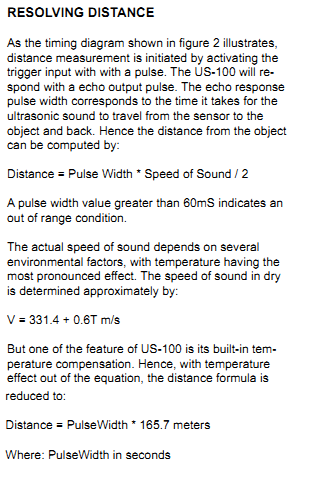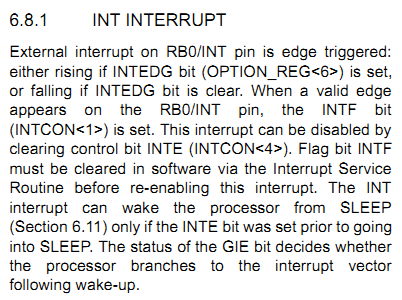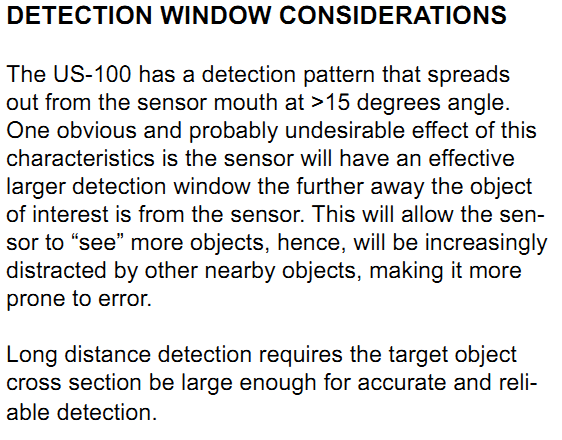cheerio
Newbie level 6
Yellow all! I am asking for help regarding an unfinished project. My partner and I would like to use US- 100 ultrasonic sensor and PIC16f84a to trigger an alarm which would just be a buzzer. Sadly, though we can't seem to figure out the programming using the mikroC. All help is very, very much appreciated. Thanks and Godbless to all :smile:


